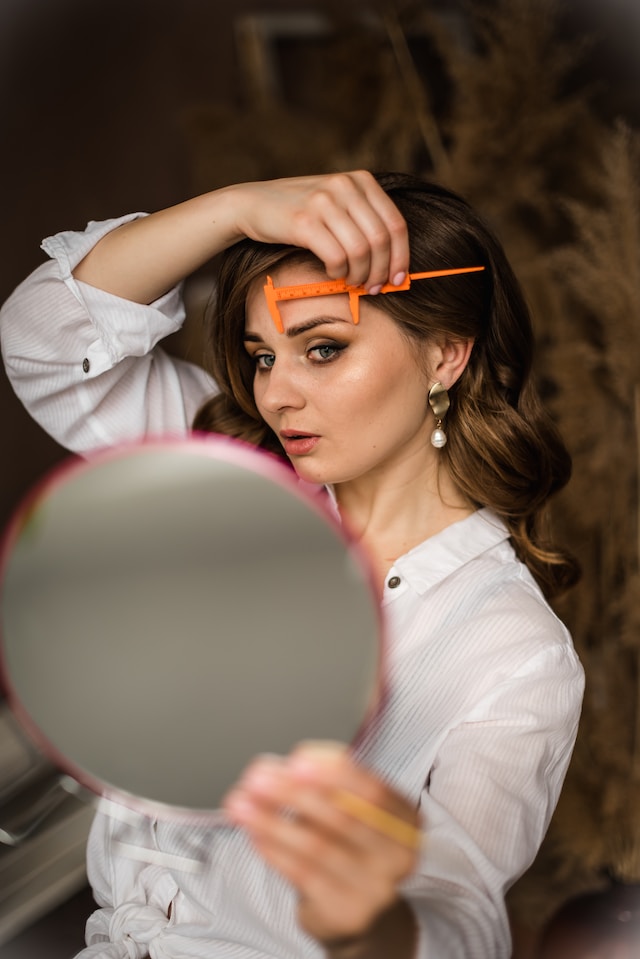Introduction:
Eyebrows play a crucial role in framing the face and enhancing our overall appearance. For those looking to achieve fuller and more defined brows, two popular techniques have gained significant attention: Ombré Brows and Microblading. In this article, we will provide a comprehensive comparison of these two eyebrow enhancement methods, exploring their differences, benefits, and considerations to help you make an informed decision.
1. Technique and Results:
Ombré Brows: Ombré Brows involve the use of a specialized machine to create a soft, powdered effect. The technique gradually transitions from a lighter shade at the front of the brow to a darker shade towards the tail. This creates a natural-looking gradient effect, mimicking the appearance of filled-in brows with makeup.
Microblading: Microblading is a semi-permanent technique that uses a handheld tool with tiny needles to create hair-like strokes. The strokes are meticulously drawn to mimic the natural growth pattern of eyebrow hair. The result is a more defined and realistic look, resembling natural eyebrow hair.
2. Longevity and Maintenance:
Ombré Brows: The longevity of Ombré Brows typically ranges from 1 to 3 years, depending on various factors such as skin type, lifestyle, and aftercare. Touch-up sessions may be required to maintain the desired intensity of color.
Microblading: Microblading usually lasts between 1 to 2 years, with touch-up sessions recommended every 12 to 18 months. The pigment used in microblading tends to fade faster compared to Ombré Brows due to the shallower depth of the strokes.
3. Pain and Healing Process:
Ombré Brows: The discomfort experienced during the Ombré Brows procedure is generally minimal. After the procedure, the brows may appear slightly darker and more intense, but they will gradually lighten and soften during the healing process, which typically takes around 4 to 6 weeks.
Microblading: Microblading can cause mild discomfort during the procedure, as it involves the use of needles. After the treatment, the brows may appear darker and slightly swollen. The healing process takes approximately 2 to 3 weeks, during which the color will fade and the brows will heal to their final shade.
4. Skin Suitability:
Ombré Brows: Ombré Brows are suitable for various skin types, including oily and sensitive skin. This technique is particularly beneficial for those with sparse or unevenly shaped brows, as it provides a more defined and filled-in appearance.
Microblading: Microblading is generally suitable for most skin types, but it may not be recommended for individuals with excessively oily or sensitive skin. The technique may not be as effective for those with very sparse brows, as the strokes may not blend seamlessly with existing hair.
Conclusion:
Both Ombré Brows and Microblading offer effective solutions for achieving fuller and more defined eyebrows. Ombré Brows provide a soft, powdered effect with a natural gradient, while Microblading creates realistic hair-like strokes. Consider factors such as longevity, maintenance, pain tolerance, and skin suitability when deciding which technique is best for you. Consulting with a professional eyebrow artist is crucial to discuss your desired outcome and determine the most suitable option based on your individual needs.




